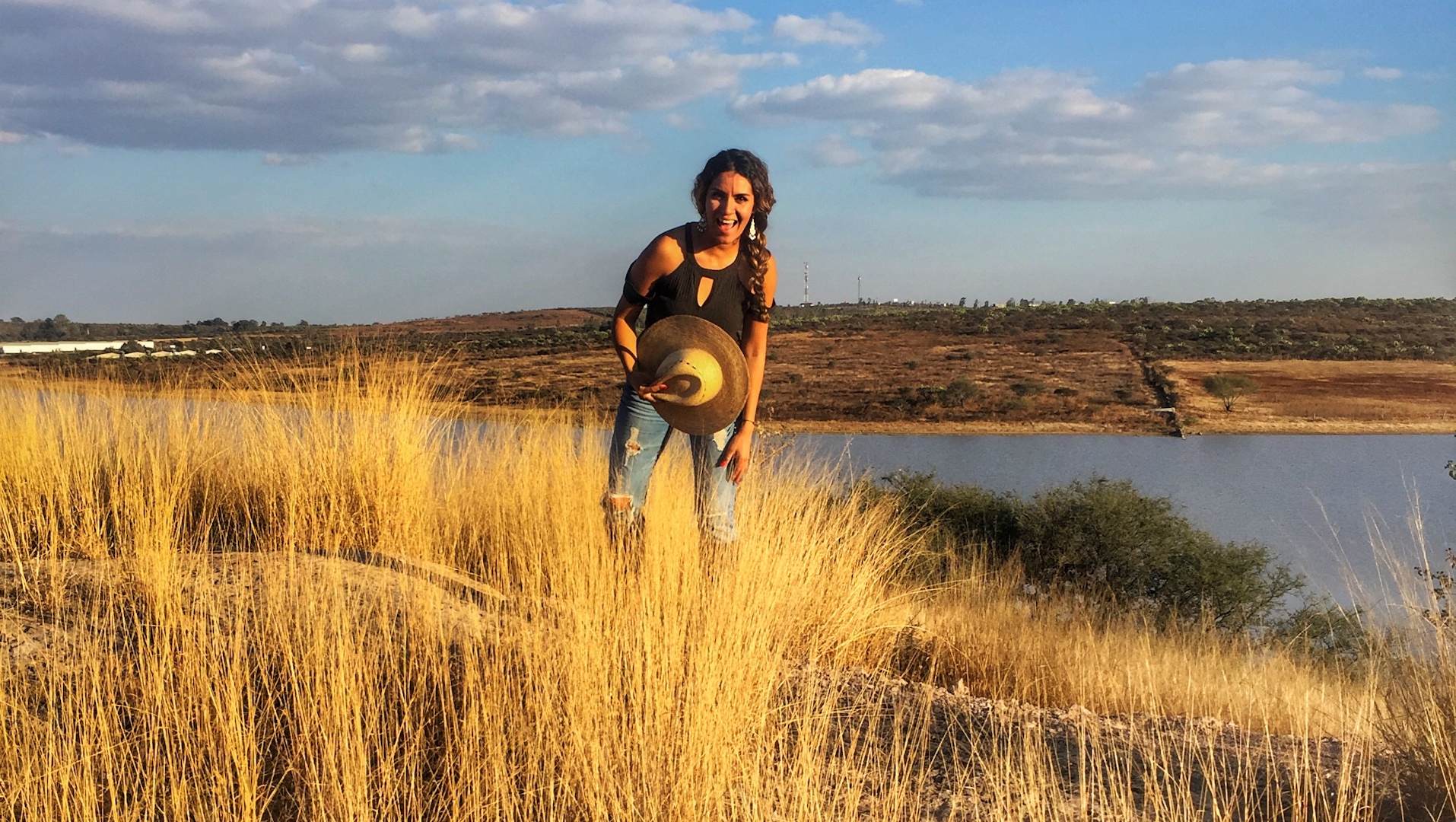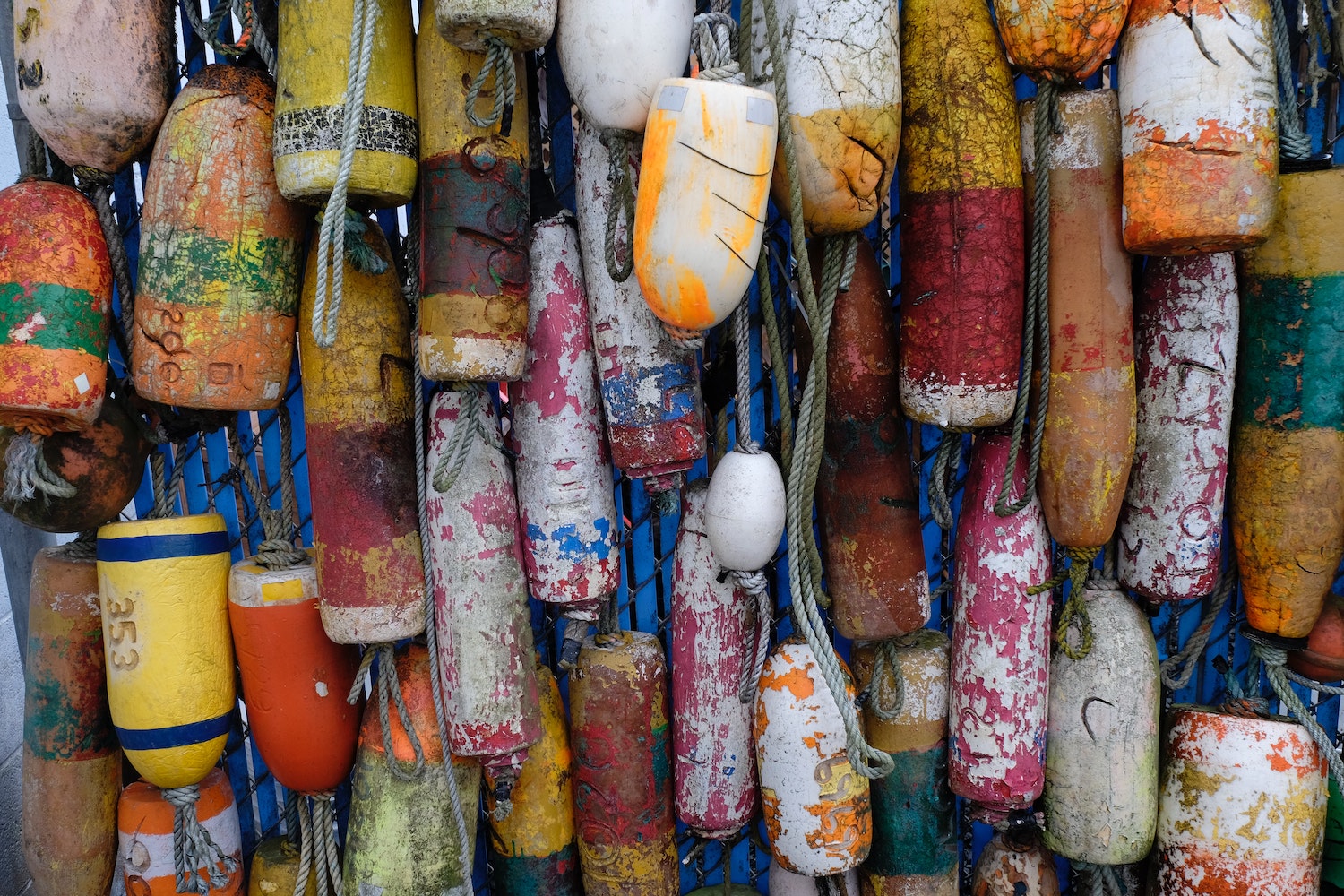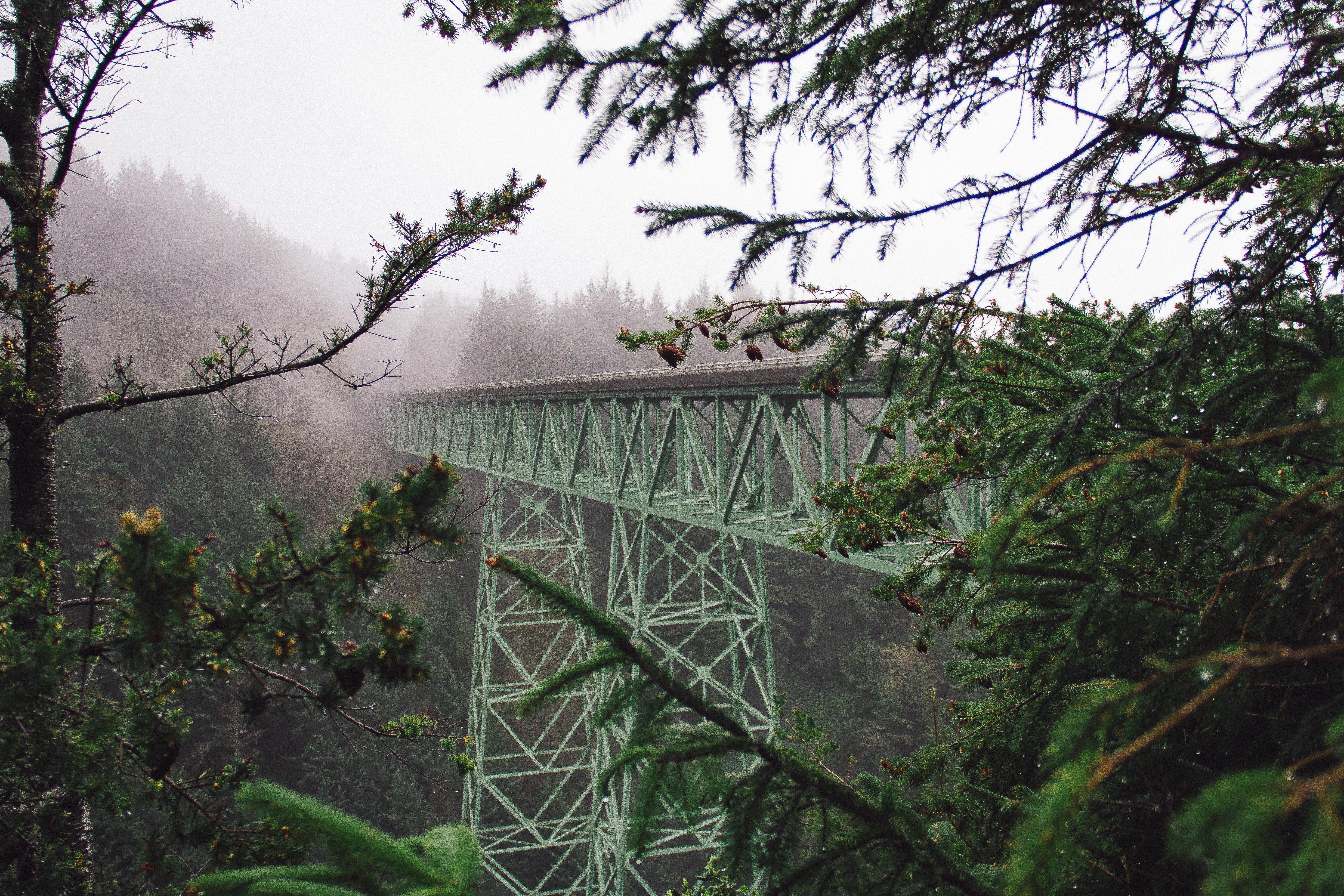This fellowship brought together leaders from across the U.S. and tribal nations, setting out on “Field Trips to the Future.” Where did these field trips take you?
Our field trips were opportunities to explore the practice of futurism and future thinking with practitioners and experts from the field. For so many of us in the fellowship, futurism offered an opportunity to step out of the urgency of our day-to-day work and expand how we make time and space for visioning. Through these virtual gatherings, we honed the skills needed to recognize social patterns, identify emerging trends, broaden our strategies for change—and, in some cases, to imagine something better that does not yet exist.
The field trips also brought together an incredible cohort of participants who are deeply connected to rural places and Native lands. I was so grateful to be among them, and left inspired by the leadership and work happening everywhere from Appalachia to Minnesota to California. On every field trip, we practiced future thinking together and supported each other to discover new latitudes in our work with rural communities.
How far into the future is the future?
The future is immediately upon us, because we’re constantly moving forward. We learned that most futurists look two to three years forward, scanning for emerging trends—social, technological, architectural, agricultural, biological, local, global, and more—that could shift or transform the way the world works. Just as importantly, we learned that future thinking does not ignore or reject the past and present, nor does it promote naive optimism about a better future. Instead, it’s about developing the skills to thoughtfully embrace reality while staying open to possibility. Then we can give ourselves permission to try new things while still being rooted in our strengths as individuals and as entire communities.
How does futurism become a collective effort?
This might sound funny, but futurism isn't one person looking into a crystal orb and telling you what they see. It is fundamentally a collective endeavor.
Futurism braids together many skills: tracking trends, assessing shifts at scale, measuring the impacts of disruption, and identifying opportunities to meaningfully engage these patterns and shape the future. To do this well, we have to examine the interdependence between one another, the land, and our livelihoods. It reminds me of the way some Indigenous peoples practice looking seven generations into the past and thinking seven generations into the future to inform present-day decisions. This approach to decision-making takes into account the balance and harmony of natural systems, and imagines what healthy, vibrant futures are possible. When we make decisions not only as individuals but more holistically with attention to future generations, we are engaging in a collective effort.
Many of the experts we met during the fellowship also spoke about how the discipline of futurism is rooted in many of the same practices that we see in movements pursuing justice and healing. When people or places are being written out of the mainstream story or even written out of existence, we are called to reinstate ourselves—both individually and as a collective. Practicing future thinking together is a way to assert our individual and collective right to exist, belong, and thrive.


